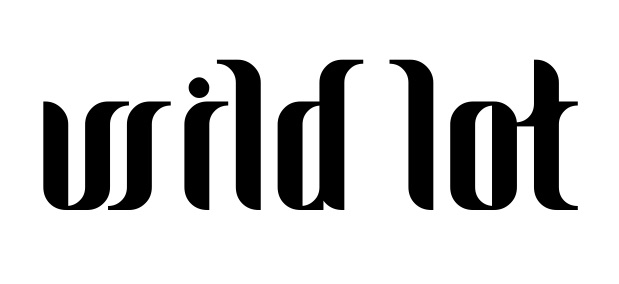The Wild Spaces of Children’s Stories

The portal — a secret opening or entrance to a fantastical world, starkly different from the ordinary world that surrounds us — is found everywhere in children’s literature and film. It serves as an escape route from the mundane, and the magic of the world beyond the portal is often underscored by the drabness or unhappiness of the real world that precedes it. Examples abound: from the claustrophobic black-and-white patterned room (and, of course, Charlie’s life of poverty) that leads toward the candy-filled wonderland in Willy Wonka and the Chocolate Factory, the colorless farm scenes and harrowing tornado that brings us to Oz, and of course the foreboding old mansion that the children evacuate to during World War II that houses the magical wardrobe/secret entrance to Narnia in The Lion, the Witch, and the Wardrobe.
Most children will instantly relate to the thrill of discovery that Charlie and Dorothy and Lucy feel when they first set foot in these wonderlands, despite the fact that this is something — entering a fantastical world through a magic passage — no one in real life can actually experience. So why is this feeling so recognizable?



You must be logged in to post a comment.